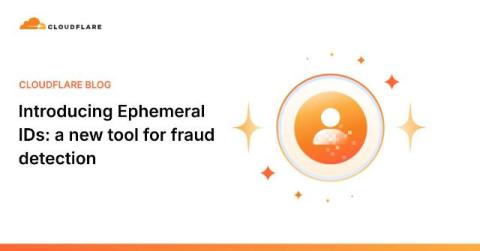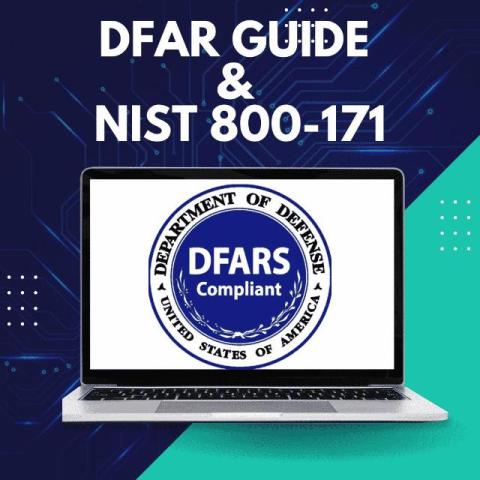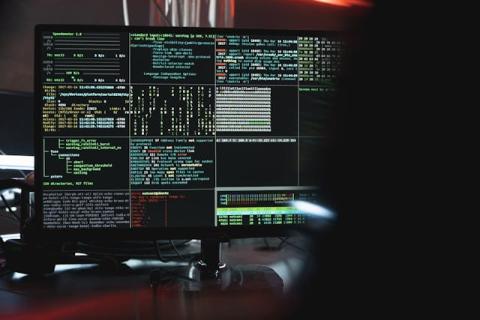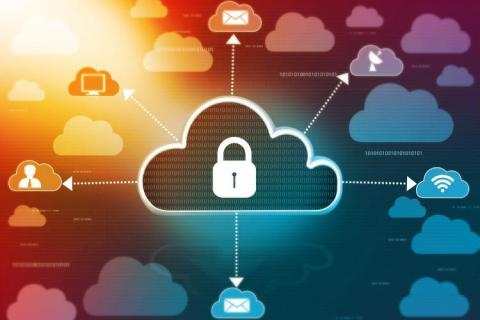The Evolution of Automation and AI for Security Operations
In an era where cyber threats are constantly evolving and security teams are overwhelmed by an ever-expanding flood of alerts, tech sprawl, and an ongoing talent shortage, the modernization of the SOC is no longer optional — it’s imperative. According to Gartner, automation and artificial intelligence are the keys to unlocking new levels of efficiency, accuracy, and resilience in the fight against cyber threats.









